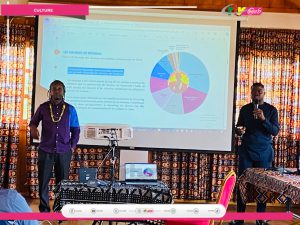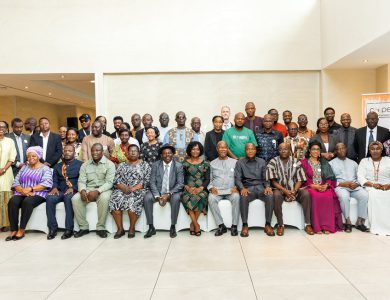
Current Challenges

Lack of Data:A significant deficit of market information complicates informed decision-making for artists and industry professionals.
Limited Streaming Revenue**: While streaming has become a primary means of music consumption, it accounts for only 8.1% of artists’ revenues.
Insufficient Infrastructure: The limited development of necessary infrastructure continues to hinder growth in the industry.
Opportunities

Access to New Markets: Artists can now reach global audiences without relying on traditional channels.
Diversification of Revenue Streams: In addition to streaming revenue, artists can generate income through brand partnerships, concerts, and showcases.
Use of Social Media: Platforms like Facebook and Instagram allow artists to promote themselves directly to fans, increasing their visibility.
Future Perspectives
The future of music in Cameroon looks promising, with ongoing digitalization. However, artists and industry professionals must adapt to new market realities. The rise of DIY artists and micro-labels could redefine the value chain of the music industry, fostering greater autonomy for creators.
The Value Chain
The value chain of the Cameroonian music industry in the digital age includes several key players:
Artists: Both independent and self-produced.
Distributors: Facilitating the dissemination of music.
Digital Media:Essential for promotion and distribution.
Revenue Sources
According to the presentation, the main sources of income for Cameroonian artists in 2024 are:
– Brand Partnerships: 30%
– Showcases (nightclubs, events): 17%
– Concerts: 12%
– Streaming: 8%
The Consumer Landscape
Cameroonian consumers are increasingly favoring mobile payment methods, which have become the most suitable way to access digital platforms and purchase music.
Streaming Platforms: Case Study – Boomplay
Boomplay is one of the leading streaming platforms in Cameroon, providing artists with a platform to showcase their music while offering consumers easy access to a wide range of musical content. This platform is key to the ongoing digital transformation of the Cameroonian music industry.
Perspectives and Challenges
To harness the potential for growth in the Cameroonian music industry, several challenges must be addressed, including improving infrastructure, enhancing copyright management, and increasing revenue from streaming. However, with the rise of digital technologies and the growing commitment of artists, the future holds substantial promise for the industry.
Che Tembuck









